Welding aluminium is not an easy process. Choosing the right equipment is crucial, as well as additional materials necessary to help you to achieve good quality welds. Which aluminium welder should you choose and what should you pay attention to when welding aluminium?

Welding aluminium is not an easy process. Choosing the right equipment is crucial, as well as additional materials necessary to help you to achieve good quality welds. Which aluminium welder should you choose and what should you pay attention to when welding aluminium?
- Basic facts about welding aluminium
- Storing aluminium
- Should aluminium be heated before welding?
- Which gas should you choose for welding aluminium?
- How should you prepare for welding aluminium?
- Which welding wire should you choose for welding aluminium?
- MIG/MAG aluminium welding
- TIG aluminium welding
- Summary
Basic facts about welding aluminium
Aluminium is widely used in many industries, such as food, automotive, aerospace and construction. The production of car parts, structural profiles and cans are common examples.
What should you keep in mind when welding aluminium? Aluminium is a light, non-toxic, corrosion-resistant material. It is also a soft metal, and is often strengthened by using a mixture with other metals.
The resulting alloys have different properties. For example, a mixture of aluminium and copper will be stronger, and the addition of silicon will lower the melting point.
Before starting, you should check which type alloy you will be welding.
Why is this important? This is because some of them are difficult or even impossible to weld.
Alloys that can be strengthened can be divided into the following series, depending on the content of other metals:
- 1000 series are essentially pure aluminium with a minimum of 99% aluminium
- 2000 series are alloyed with copper
- 3000 series are alloyed with manganese
- 4000 series are alloyed with silicon
- 5000 series are alloyed with magnesium
- 6000 series are alloyed with magnesium and silicon
- 7000 series are alloyed with zinc
- 8000 series are alloyed with other elements not covered by other series, for example aluminium with lithium.
Alloys with copper are not usually suitable for welding. An exception are the 2219 and 2519 series. The same goes for alloys from the 7000 series, i.e. with an addition of zinc. In the case of these alloys, the 7003, 7004, 7005 and 7039 series are suitable for processing.
Alloys from the 2000 and 7000 series are particularly strong, often making them an obvious choice for welding. Unfortunately, welding these aluminium alloys may result in the processed component breaking. Even if the welding is successful, it may turn out to be faulty.
Storing aluminium
Although aluminium doesn’t generally rust, it is not 100% corrosion-resistant. The right storing methods are therefore important.
Aluminium may change under the influence of moisture as well as acidic or alkaline substances. Corrosion may cause dark stains or white spots to appear on the material. While this should not affect the actual strength of aluminium components, it may be difficult to remove.
Aluminium elements should be kept in a closed space without moisture and sudden changes in temperature. Even if stored outside, the risk of corrosion can be minimised by following a few additional measures. Aluminium profiles or plates should not come into contact with other metals.
It is also best to ensure that the aluminium elements do not come into contact with each other, for example make sure that aluminium plates are not lying together. In order to ensure this, wood or aluminium blocks can be placed between the individual elements. This will reduce the likelihood of water deposition by enabling it to evaporate.
Should aluminium be heated before welding?
It is not uncommon to heat the metal before welding. This reduces shrinkage strain, the hardness in the heat affected zone, and, above all, helps avoid cracks appearing in the weld.
Initial heating is performed, among others, in the case of steel. But is it necessary when welding aluminium?
This technique is not often used. If we over-heat the aluminium, it may lose some of its mechanical properties.
When should aluminium be heated before welding? Heating is recommended when aluminium elements were exposed to high temperatures and moisture. Preheating to a temperature of approx. 90 degrees Celsius will help get rid of moisture.
Which gas should you choose for welding aluminium?
A shield gas should be used for welding aluminium, for such aspects as cooling and protecting the welding electrode. The shielding gas will also prevent the weld from becoming porous.
Noble (inert) gases are recommended for welding aluminium, the most popular of which is argon. It can generally be used regardless of the welding position and type of arc. An alternative is a mixture of argon and helium, which is usually used for welding a thicker and harder material.
What else should you remember when choosing the right gas for welding aluminium? It should be of the highest possible quality, with a purity of no less than 99.5 percent.
How should you prepare for welding aluminium?
Aluminium has a relatively low melting point of approx. 660 degrees Celsius. It is therefore a malleable metal, although this doesn’t mean it is easy to weld.
It reacts with oxygen, forming an oxide. It is a rather hard metal, with a high melting point of approx. 2050 degrees Celsius. Oxide can cause inclusions in the welds, which would negatively affect their strength.
Therefore, before starting work, make sure the welded fragments are clean. You can remove the oxide using a steel brush. The oxide film on the surface should be removed precisely.
Aluminium elements should also be cleaned of any hydrocarbon compounds, such as oil or grease. Getting into the weld pool will cause porosity. Do not clean with alcohol, instead use a cloth damped in a degreaser, such as acetone.
After the surface has been cleaned, it is best to start welding the aluminium as soon as possible. If we know that you will not finish work on the same day, do not leave any elements uncovered. You can protect them, for example, with wrapping paper.
While welding aluminium, keep the surface clean at all times. Also pay attention to the gas flow. For nozzles with a greater diameter, it should be increased. You should also bear in mind that argon is lighter than air, so when working outdoors, the flow rate should be higher so that welding is not impeded by gusts of wind.
Which welding wire should you choose for welding aluminium?
The welding wire is one of the most important consumables affecting the quality of the weld. What should you base your choice on?
First of all the diameter, which affects the depth and density of the weld. The thicker the material you are going to weld, the greater the diameter should be. Universal aluminium welding wire should have a diameter of 0.8 to 1 mm.
In the case of aluminium welding wire, it is good to know which alloy you are going to work with. It is generally recommended that you use a wire that will solidify more slowly than the material being welded, which will minimise the risk of breakage.
The wire should be stored in low humidity, preferably in its original packaging or any other protective container. After finishing work, it should not be left in the welding device.
MIG/MAG aluminium welding
Which aluminium welder should you choose? One of two types of welding machines is most often used for welding aluminium: MIG/MAG or TIG. The choice of equipment should be made based on the thickness of the material you are going to weld.
MIG/MAG welding machines are recommended for welding aluminium primarily for joining elements with a thickness greater than 1 mm.
How should you weld aluminium with a MIG/MAG welder? Wire is used as a binder. It is fed through the electrode holder and the electric arc then creates a weld. By regulating the wire feeding speed, you can choose the depth of penetration and the height of the weld head as necessary.
What should you remember about when welding aluminium with a MIG/MAG welder? First of all, use of an appropriate welding cartridge in the holder. It should be made of Teflon, not metal. As a result, the wire will slide more smoothly and will not get deformed.
For greater precision, a four-roll wire feed mechanism could be fitted. You should also replace the contact tip with one for aluminium welding.
Which MIG/MAG welder for aluminium should you choose? For home use or use in a small workshop, the Stamos Germany S-MIGMA-155 welder should be sufficient. It’s compact, user friendly, and comes equipped with a gas nozzle (necessary when welding aluminium, due to the need to use shielding gas) and a wire spool with a universal thickness of 0.8 mm.
For professional use, the 350 A – 400 V – 2/4 Tact MIG/MAG welder would be more appropriate. It comes equipped with a four-roller feeder and has a high load duration of 60%.
TIG aluminium welding
TIG welding of aluminium is recommended for making precise welds, for example joining thin sheets of metal. The welded elements can even be less than 1 mm thick. However, TIG welders are also suitable for welding thicker aluminium, up to 10 mm thick.
In the TIG method, aluminium is welded with a tungsten electrode in a gas shield. The process can take place with or without a binder (wire).
For aluminium welding, TIG AC/DC welders, which can use an alternating current (AC), are particularly recommended, as this method allows you to break the oxide coating, resulting in a high quality weld.
Multi-process welders can be an alternative to MIG/MAG and TIG devices. These types of welders let you change the operating mode depending on your needs and the material being processed.
Summary
Welding aluminium is not a simple task, for example due to the formation of an aluminium oxide layer on the weld pool. When working with this material, you need to remember about the appropriate surface preparation and the correct selection of wire and gas.
Regardless of whether you are a beginner or a professional welder, always remember about basic health and safety principles. Make sure your workstation is safe, and always wear a welding helmet.


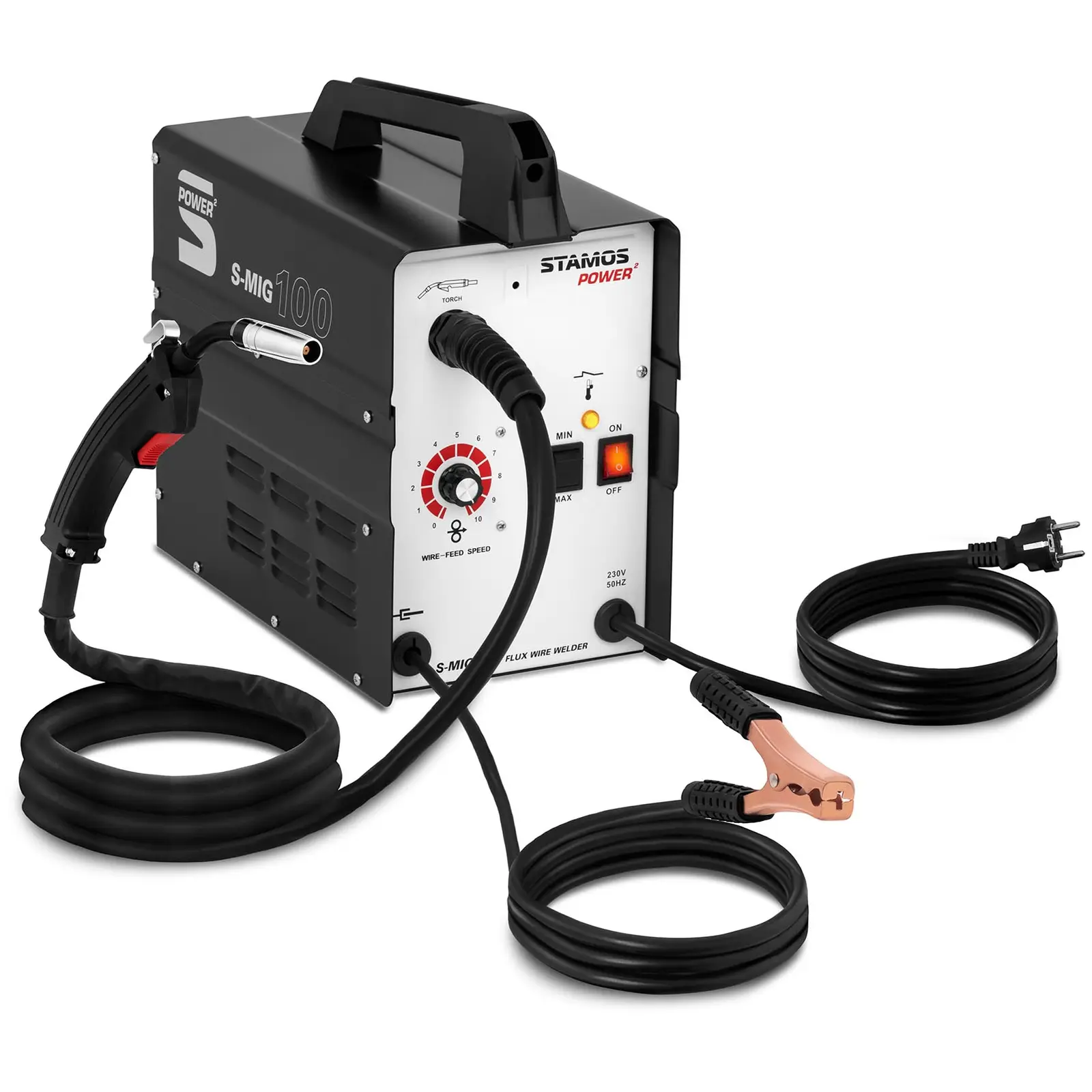
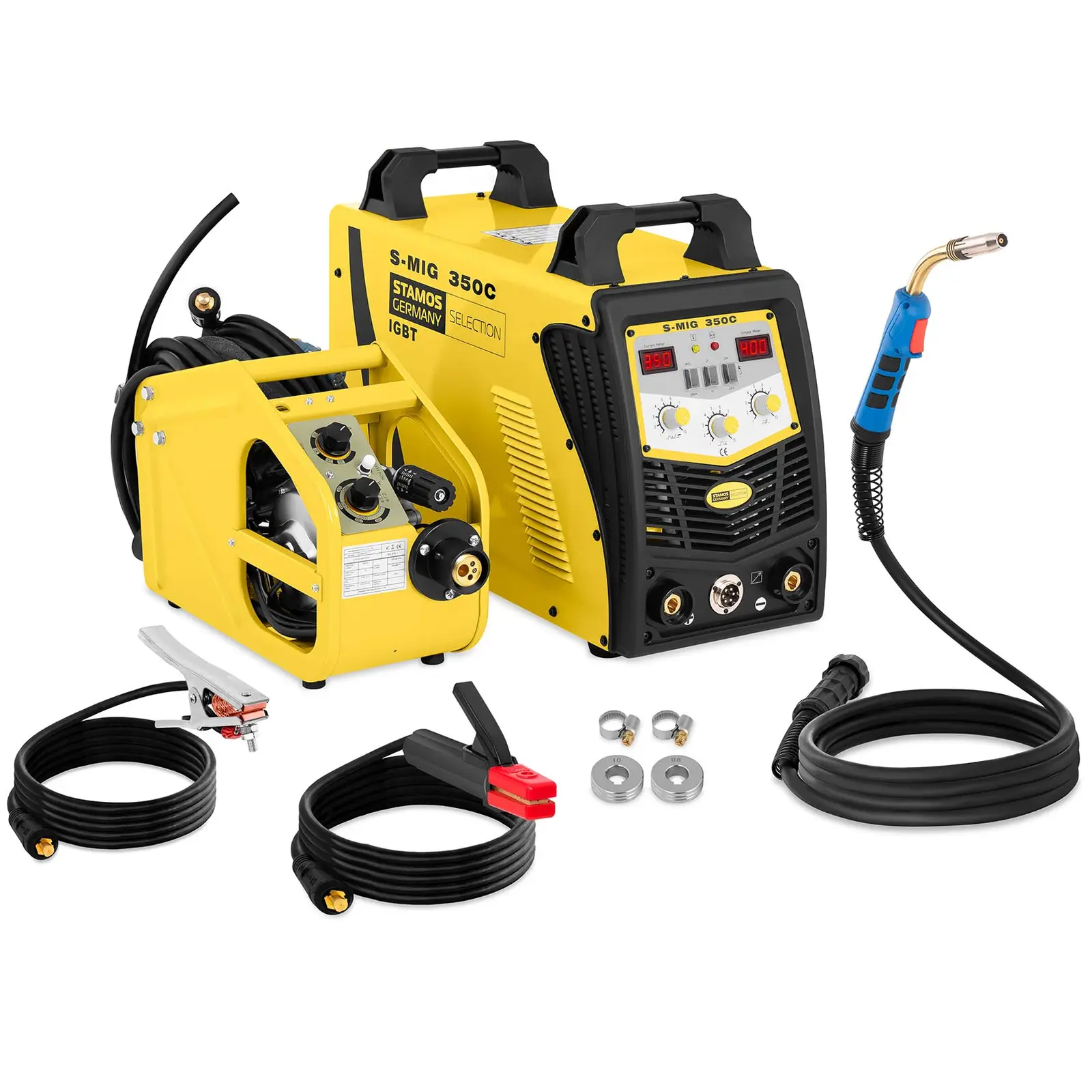
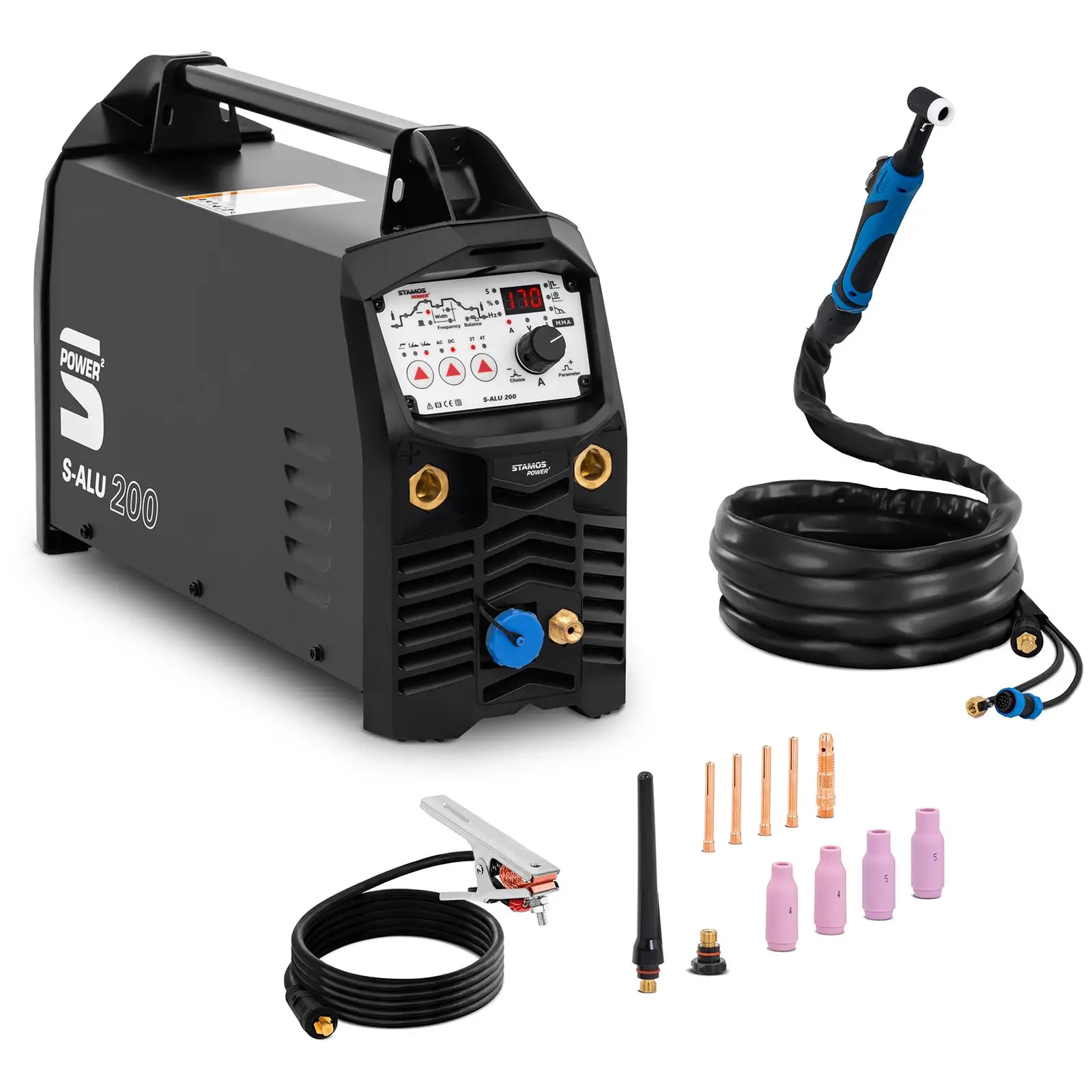
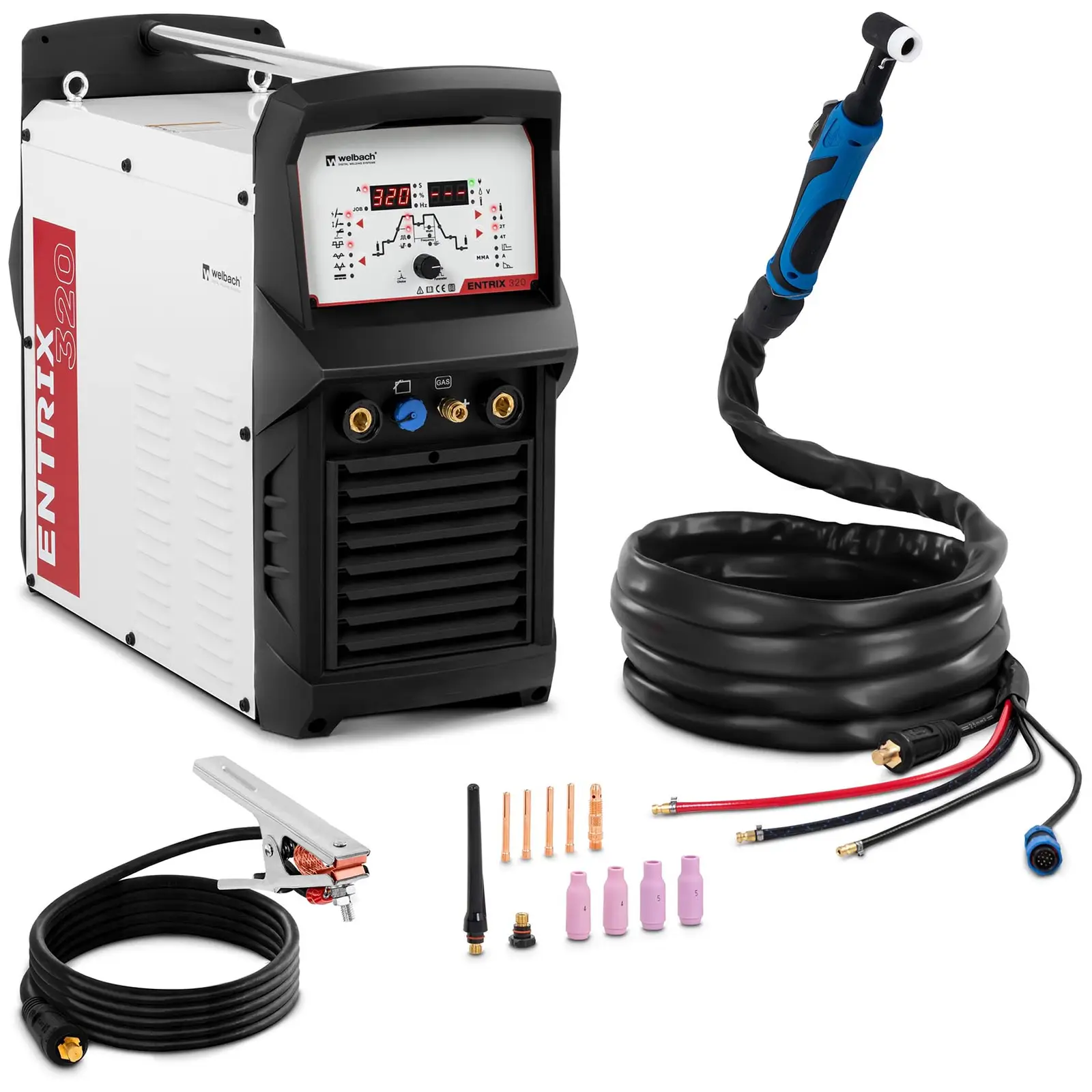
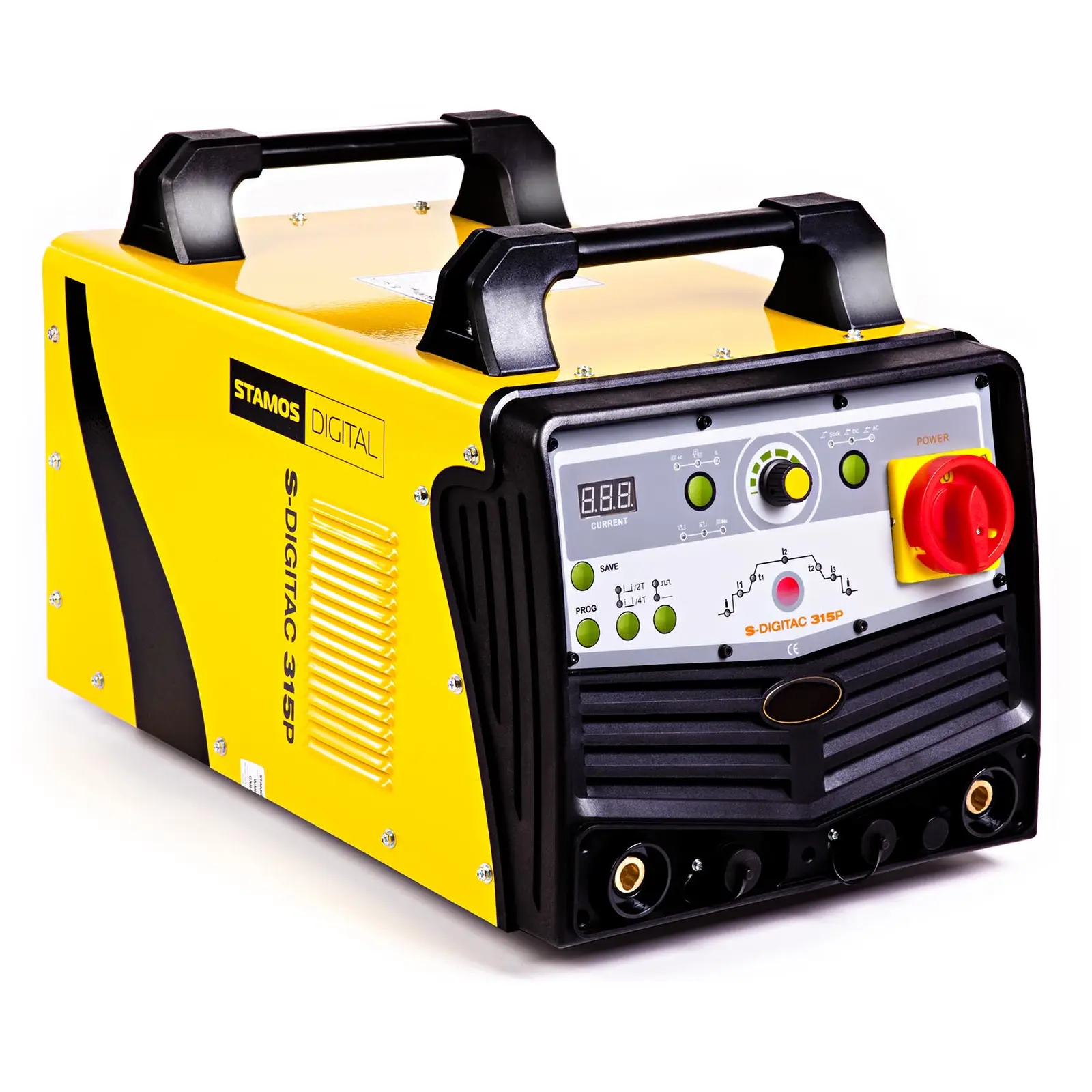


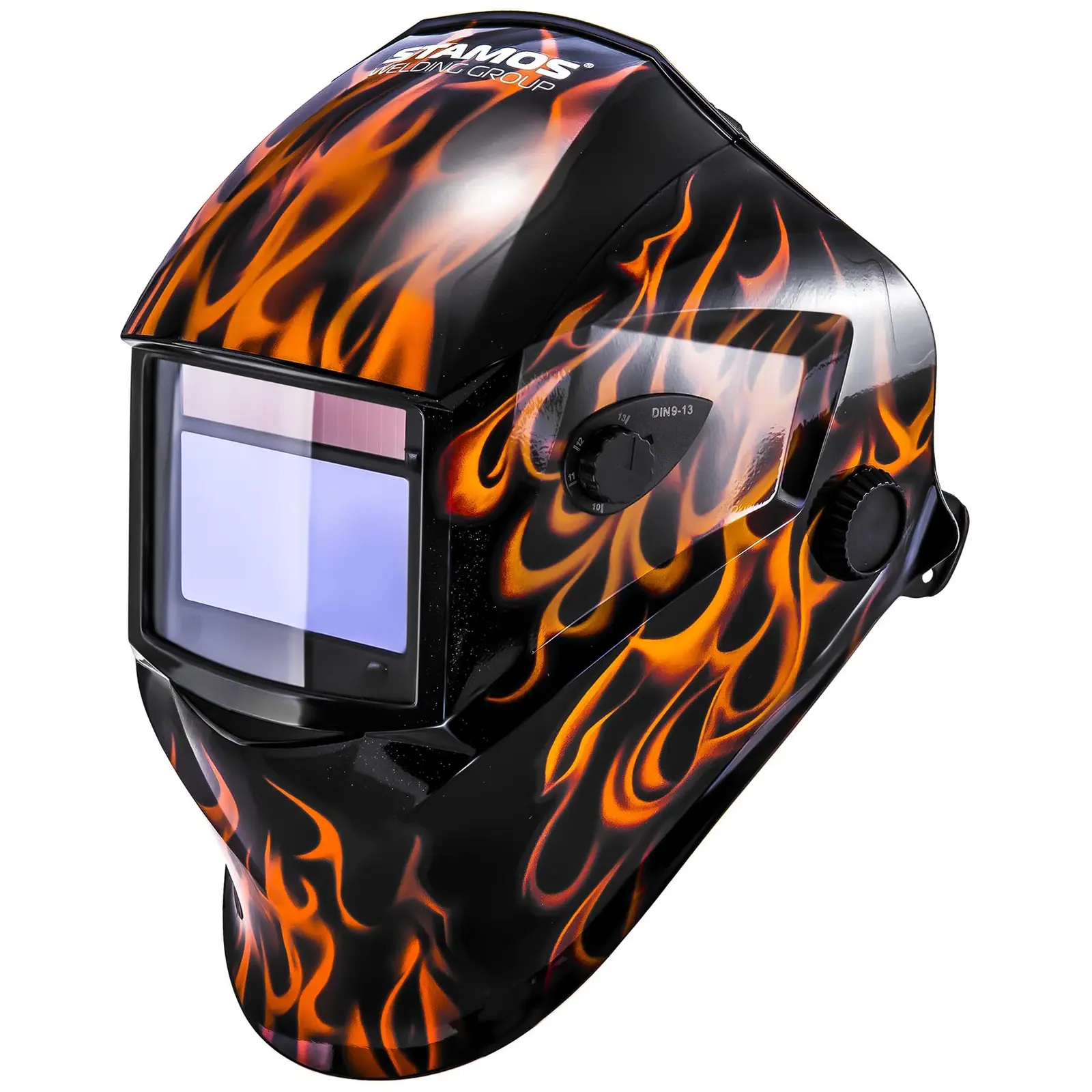








Share